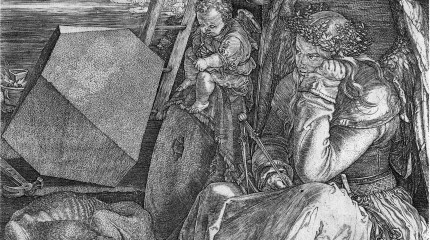One of the key distinctions between imaginary and ideology is the fact that we do not have to hold our imaginary accountable.
There are no bounders within our imaginary, ‘imagine you are designing a world, you consciously creating each aspect, but sometimes it almost feels like it’s almost creating itself’.
In our imaginary, our mind continuously ‘create’ and ‘perceive’ our reality simultaneously and our mind does this so well that we aren’t even aware of it.
In Wittgenstein’s ‘Tractatis Logico-Philosophhicus’, he argues that language works by triggering the picture of our understanding of how things are in the world. He believes that words enable us to make pictures of facts.
Interestingly, Wittgenstein was inspired while reading a newspaper article about a Paris court case in which, in order to explain with greater efficacy, the details of the accident that had taken place was reproduced visually using model cars and pedestrians.
This illustrates how lawyers can get right into the middle of that process, by taking over the ‘creating’ part.
They create this world of the dream, which I considered as ‘legal presumptions’, and create an imaginary narrative, by bringing the subject into the dream, to persuade and convince the target audiences by twisting the facts, adding stock stories, and subsequently let them make their decisions with their subconscious.
The court will eventually come up with a judgment. The decision will have an illocutionary or perlocutionary effect, which in a way attempts to amend certain things or may poses a consequence. In the end, depending on what the court’s decision is, aren’t they just trying to implant another person’s idea into our collective thoughts?
